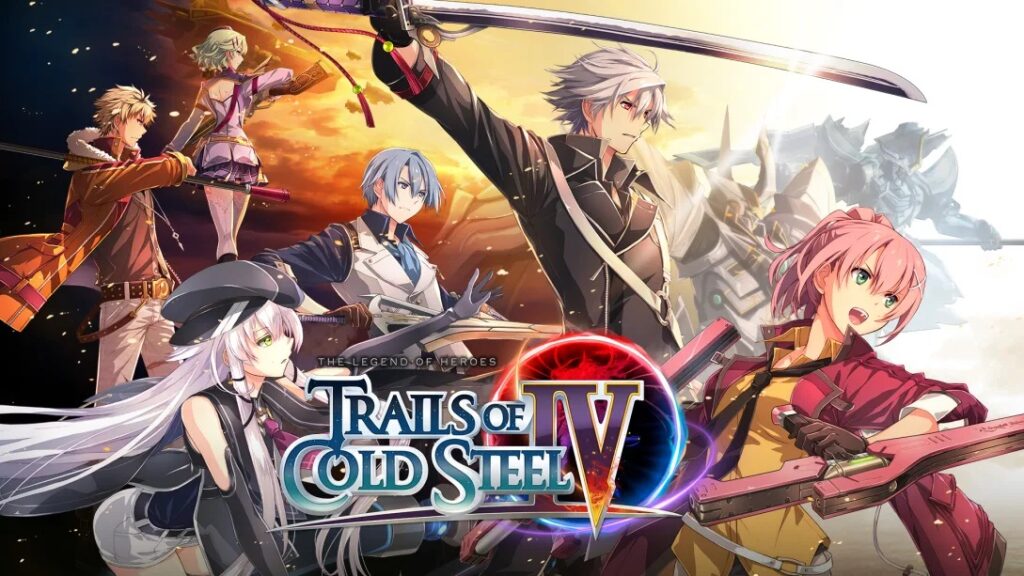
How do you encapsulate a series with the breadth and scope of The Legend of Heroes: Trails of Cold Steel? Chances are good that if you’re reading this review, you’re already familiar with the series. This isn’t the sort of game you just pick up and play. Instead, it’s the culmination of a ten game story series (3 of which have not been officially translated to English) and clocks in at an easy 450 hours for the English translated segments of the series alone! While the Crossbell duology has not been translated officially as of yet, both the Trails in the Sky trilogy (released for PSP/PS Vita and Steam) and the Trails of Cold Steel series (our reviews of Trails I and Trails II, take a look!) are available in English and tell the majority of the story. Each series stands on its own but is interlaced with the others, making one continuous storyline that carries on between three distinct story arcs, culminating in the Trails of Cold Steel quadrilogy, an epic conclusion 16 years in the making!

In short, this is easily the most epic JRPG narrative ever released in English with possibly one of the best storylines ever created in RPG gaming. The dialogue has been consistently excellent, the storylines are outstanding, and the gameplay itself is polished and well-executed with each game building on the accomplishments of the last. That being said, here we are at the end of the road with the release of The Legend of Heroes: Trails of Cold Steel IV for the Switch from Falcom and publisher NIS America. While Trails of Cold Steel IV came out last year, it has finally released on the Switch, following the delayed release pattern that Trails III (see our review here) took. So far, there has been no Switch port of the first two games in the series, but if you played Trails III on the Switch, you can import your save data and unlock a few extras here.
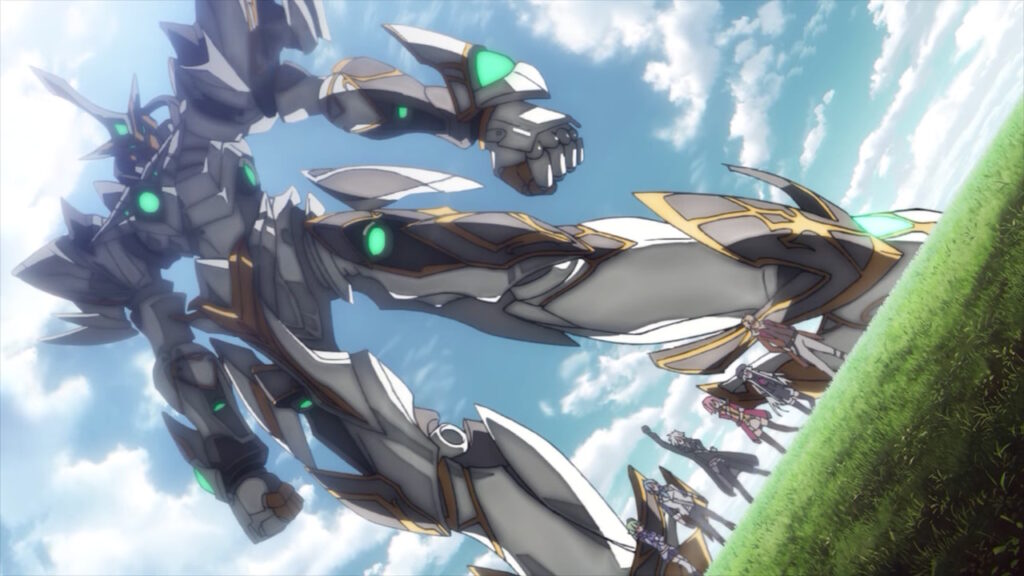
Trails of Cold Steel IV picks up just a couple weeks after the ending of Trails of Cold Steel III, with Class VII in disarray after the events of the preceding game. Here’s the catch. There won’t be any spoilers in this review and honestly, it would be a crime to have them as JRPG fans have been awaiting this game for years. As such, it’s almost impossible to talk in any detail about the storyline or the structure of the story within the game. This will only be a quick overview of the political climate of the Erebonian empire and its allies and enemies during the course of Trails IV. Class VII (including Kurt, Juna, and Altina as main characters from the previous game) find themselves at odds with the Imperials of the Erebonian empire and running for their lives while trying to discover the fate of Rean Schwarzer, their teacher and friend, and star of the entire Trails series. Rean has vanished and Class VII’s teammates and friends have been scattered across the length and breadth of the empire. Additionally, the entirety of the empire has been affected by a strange mood shift, making everyone angry and causing the denizens of the empire to seek a war with the Calvard Republic. Secretly, the factions that oppose the Erebonian emperor have organized into the Weissland Army and are massing to attack while the Empire is distracted. It’s a complex web of politics and military decisions that almost requires a WWII-style table map with a bevy of wooden game pieces to follow.
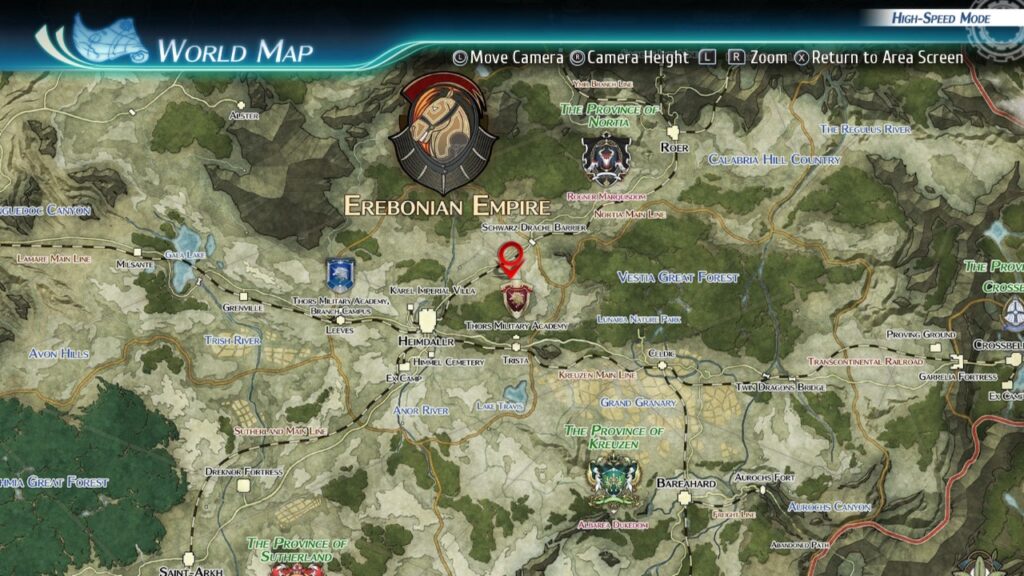
If you’ve been playing the series from the beginning, you’ll have a pretty good idea of who the players are at this point and what’s going on. Let’s not get bogged down too heavily here though. Instead, let’s focus on the meat of the game, the gameplay and story of Trails of Cold Steel IV itself. As you begin, Class VII will have to explore a fair bit of Zemuria (the continent the series takes place on) and revisit various locations from previous games, all of which have changed in different ways. The entirety of the first act is basically a huge set-up and reunion preparing for the meat of the story. Don’t worry though, as while there’s plenty of fan service and recurrent characters, you still meet new people along the way and the narrative isn’t tedious at all. Combat areas are large but not outrageously so, and the pacing for the game is steady and solid. After the first act, things really pick up speed and by the end of the game, you’re left with a satisfying feeling of completion and the sense that a sweeping epic has finally fulfilled its promise for the most part.
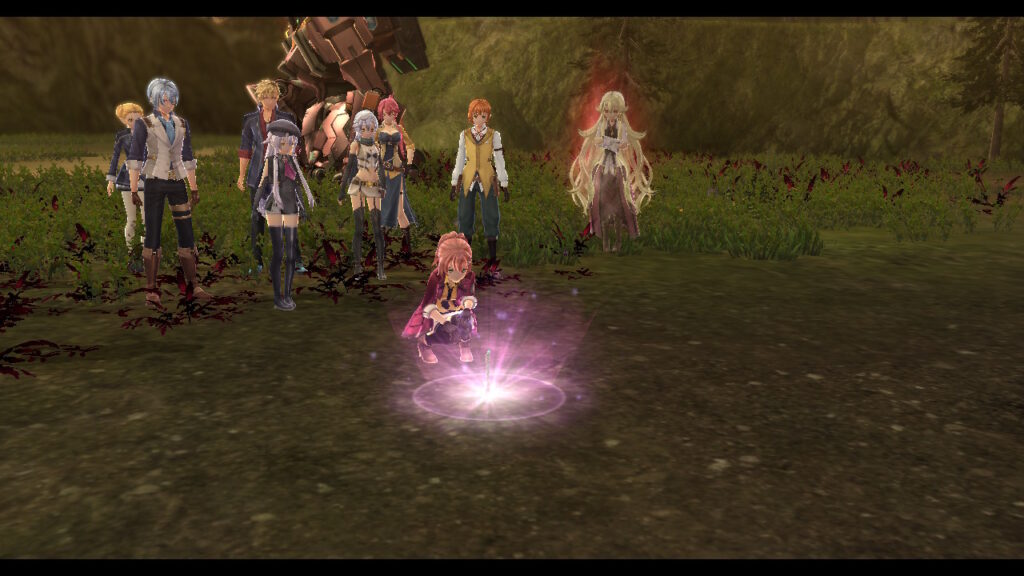
That being said, a few of story elements from games unreleased in English feel out of place here, and there aren’t as many of the little moments that we saw earlier in the series with Rean both being guided and befriending others in kind. There is definitely more reminiscing than there are smaller heartfelt asides that put a smile on your lips. That’s not to say that it’s a bad shift in direction, just that thematically, the dialogue is a bit more haphazard than previous entries in the series. The game is broken up into multiple acts, each with several chapters and slowly builds to an epic crescendo. Upon your final completion after about 80-100 hours, you’ll finally see a solid resolution to most of what’s happened, but it does seem like there’s perhaps more to tell (and there is)!
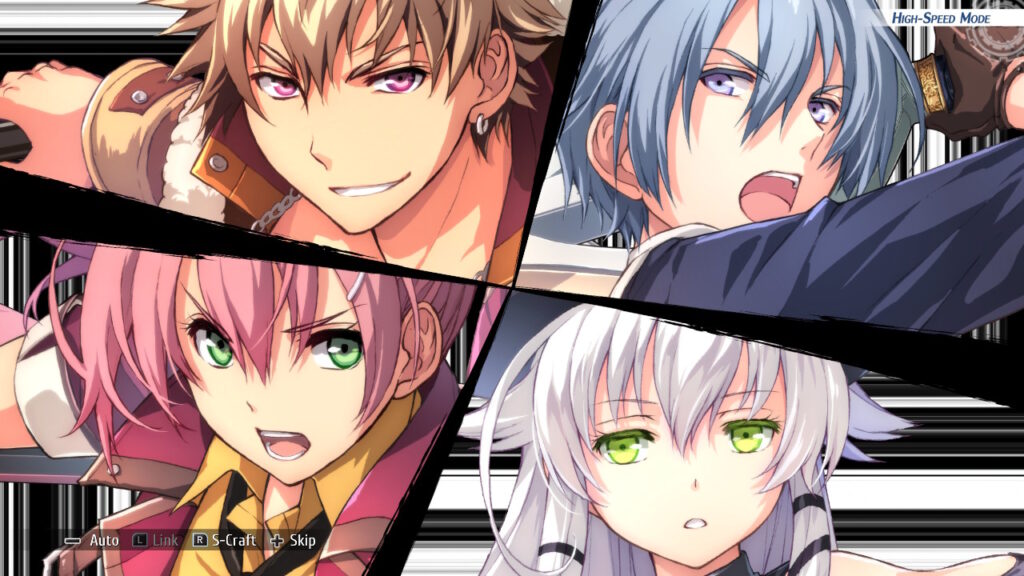
But there’s more here than just an absolutely epic storyline. The Legend of Heroes: Trails of Cold Steel series is known for having one of the most refined JRPG systems ever made. Falcom has taken that core engine that was built up through the three previous games and refined it even further, tweaking the systems established in Trails III to create an incredibly streamlined and nuanced combat system. Brave Orders have returned with excellent EX expansions, requiring you to beat specific trial chests full of high level monsters with specific character combinations to upgrade your Brave Orders to EX. In case you somehow don’t know what Brave Orders are by now, they’re special group buffs that use Brave Points to upgrade your whole group, allowing you to do more damage, defend better, break enemy defenses more easily and more. Upgrading them turbocharges the Brave Order system and as the game advances, you’ll need those extra advantages. The Master Quartz system is still intact and allows for the inclusion of two master quartz for each character. Mixing and matching Master Quartz installed to your Arcus system is the basis of combat design, setting the basic backdrop for the Quartz you install and allowing you to customize your character loadouts in terms of background skills and spells available. Yes, it’s complex. Yes, it’s a bit to take in all at once, but if you’ve gotten to this point in the series, none of this is new.
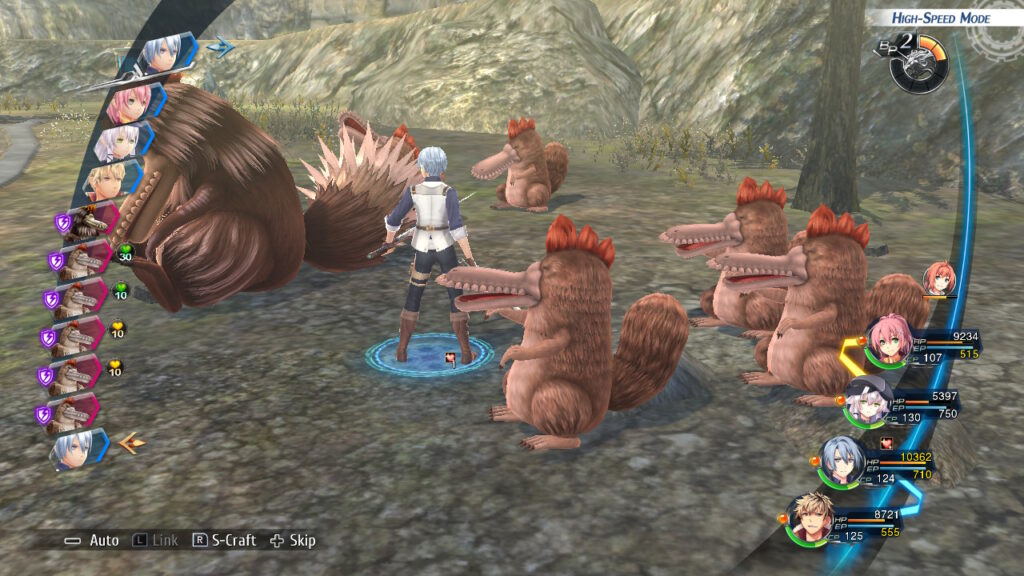
There are some rebalancing tweaks from Trails III though. It’s harder to pull off S-Crafts than in previous version of the game but they tend to do even more damage than before. The Arts and Crafts systems are the meat of combat again, and depending on your Quartz choices, you can set different characters as tanks, healers, and so forth. Crafts do the most damage and blow through most weaknesses of normal enemies, making enemy analysis almost pointless in most cases, but Break damage seems to be reduced and it’s much harder to break and stun enemies easily than it was in Trails III. As the game progresses though, even weak enemies become more difficult, forcing you to actually pay attention to these details or get railroaded unexpectedly, leaving you weak in the middle of a battlefield. Boss fights can be grueling ordeals, forcing you to balance Brave Point use on Crafts, EP use on Arts, and item usage as you struggle to survive the onslaught. Interestingly, Panzer Soldat battles seem to be easier than in Trails III, so when you do get a chance to fight in giant mechs, it’s usually not that difficult. It’s easier than before to unbalance mechs and the damage enemy mechs do is generally (but not always) less. There are boost quartz available for the mechs too, making them even more powerful. The fight scenes with Panzer Soldats and Divine Knights are spectacular, of course, but they’re definitely notably less challenging thank the group battles, especially ones where the enemies use combat links.
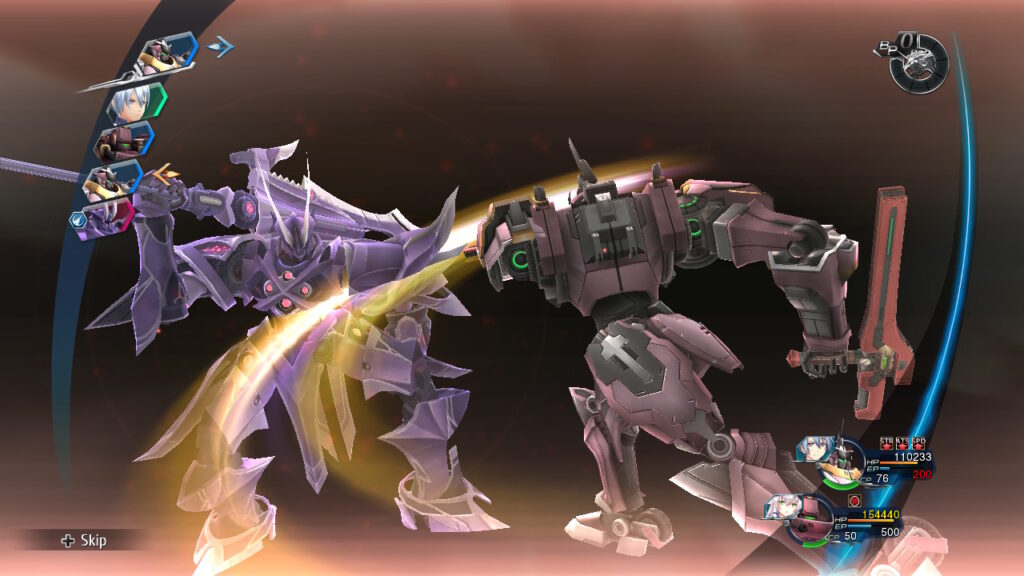
The minigames are back in Trails IV as well, and fishing is significantly more fun, though it’s hard to quantify why. Buy your bait, find your fishing spot, and reel ‘em in! At first it’s challenging, but as you upgrade your line, rod, and oils, it’s easy to catch even the most difficult fish and weirdly gratifying. Cooking is back but it’s mostly more to create combat items with a few side bonuses for skillfully prepared dishes. Vantage Masters has returned and there are both more people to play with and the game itself is improved slightly, making it more fun. It’s still no Gwent, but it’s damned good! There are a few other games hidden about too, and you’re likely to stumble across them all eventually. Additionally, you can now take landscape photos for a journalist and submit information your exploits and encounters. This and other activities increase your Thor’s Academy unity rating, reunifying the students through activities that forge bonds and earns you bonuses throughout the game.
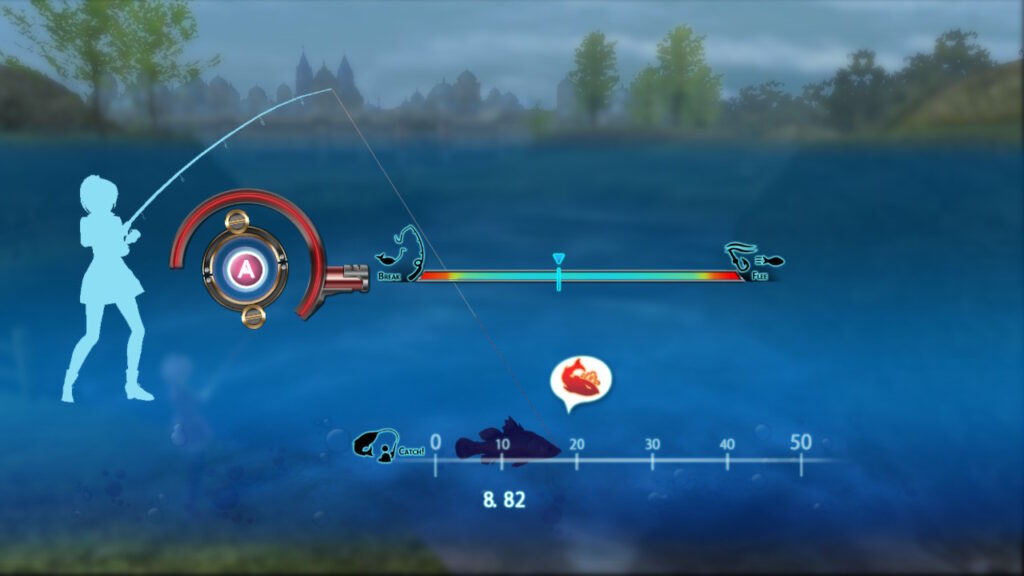
Suffice it to say that The Legend of Heroes: Trails of Cold Steel IV is absolutely loaded with activities, side quests, combat, and story at every conceivable level. There are even whole short stories concealed in some of the libraries that relate to the game if you look carefully. There’s so much to find that it seems like you never run out of things to do. And for all that dearth of content, the pacing in Trails IV is exquisite. You never feel bored or overwhelmed for long, side quests don’t take forever, hidden areas are interesting but don’t drag out, and even optional dungeons aren’t brutal grinds. There’s a constant forward momentum and you always feel like you’re accomplishing something. Fast travel is enabled most of the time too, and at a touch of a button you can drop to the map screen and zip to another area, relieving you of the tedium of grinding back and forth through various combat areas to complete a short side quest. Later on, there are other, cooler ways to travel as well. There’s not a significant amount of patience required aside from the slight load time extension on the Switch and it really makes a difference in the flow of the game.
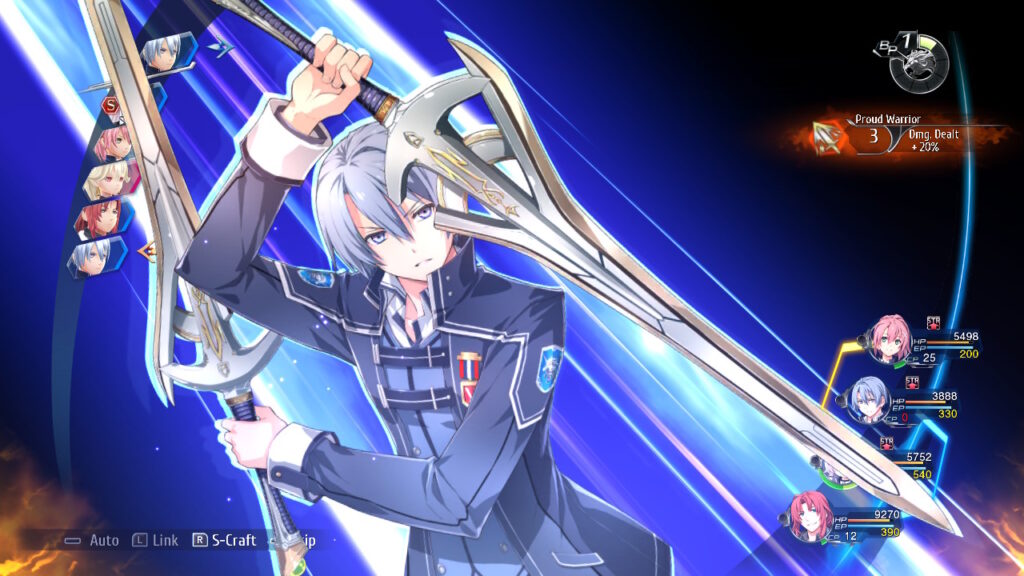
Trails IV has the distinctive look of the series that previous games have, but with a slight sheen of polish added. Fog effects are incrementally better, arts and crafts have subtle improvements to the lighting and design, and S-Crafts are suitably cool looking. Is it the fanciest looking game on the system? No, but it’s not supposed to be. The aesthetic is great for the game and really makes you feel in tune with the Trails world. Let’s not forget the excellent voiceovers in the game either, consistent throughout the series and still awesome in this last game. It’s unfortunate that not all dialogue is voiced but all the key parts with voice work are very good indeed! But even more than the graphics and voice work, the outstanding soundtrack from Falcom’s Sound Team JDK is one of the best they’ve ever released, absolutely knocking it out of the park. This is a soundtrack worth buying on its own merits, and if you’re not sure, The entire 209 track soundtrack is on Spotify to check out! It’s definitely worth a listen, and Sound Team JDK has made some absolutely excellent soundtracks over the decades. Don’t hesitate to give it a listen!
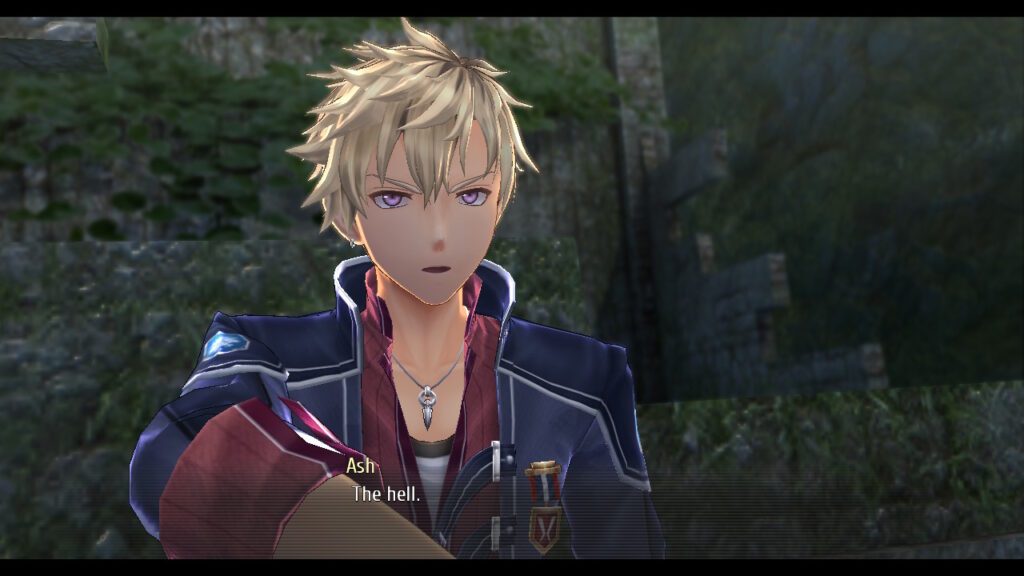
When comparing the Switch version of Trails of Cold Steel IV to the previous PS4 release, there are a few notable differences. First and foremost, while there is a slight improvement visually from Trails III, the Switch version of the game is noticeably inferior visually. Fine detail is missing, resolution is lower, and especially on a larger TV, the Switch version of Trails IV looks rough around the edges with pixellated edges to objects and an overall fuzziness. It’s obvious that the Switch is simply not up to snuff here compared to the PS4. That’s no surprise though because the big selling point of Trails IV on the Switch is portability. If you have the option of playing on the PS4, the game looks better. Period. But if you want to play on the go or you only have a Switch, then this new version is entirely serviceable and completely playable. The music and voices are intact and excellent and the gameplay is identical. Just don’t expect a crisp high-def version while the Switch is docked.
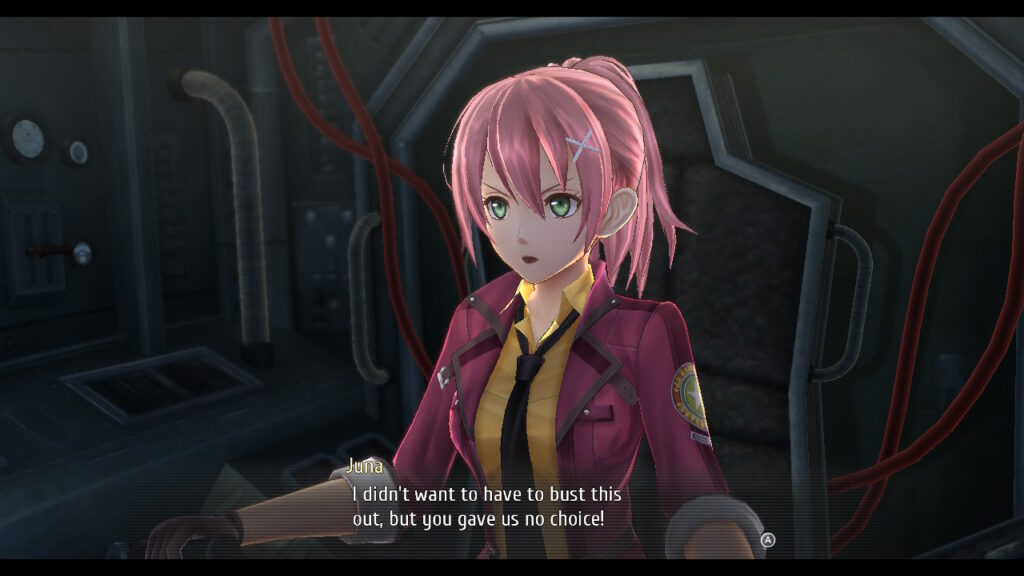
The second major difference in Trails IV on the Switch is the load times. Trails IV is a big game and the Switch just doesn’t have the same RAM as other systems, leading to slight but noticeably extended load times between scenes, for battles, and between cinemas. High-speed mode makes up for some of this, cutting time in the combat sequences and slow spots, but it still feels like you’re waiting for each battle to load and for the overworld to come back after a battle, sometimes upwards of 5 seconds on each end of an encounter. It’s just enough to be a tad irritating, but not enough to ruin the game. Fortunately, there are no such issues with controls, and button mapping, Switch Pro Controller compatibility, and even Circle Pad Pro compatibility are all absolutely excellent. The game handles like a dream, is quite responsive, and feels just like the PS4 version. Add to that the incredible storyline, the extra mini-games and side quests, and all the other truly outstanding aspects of Trails IV and it’s hard to fault the Switch for a bit of visual weakness and some loading.
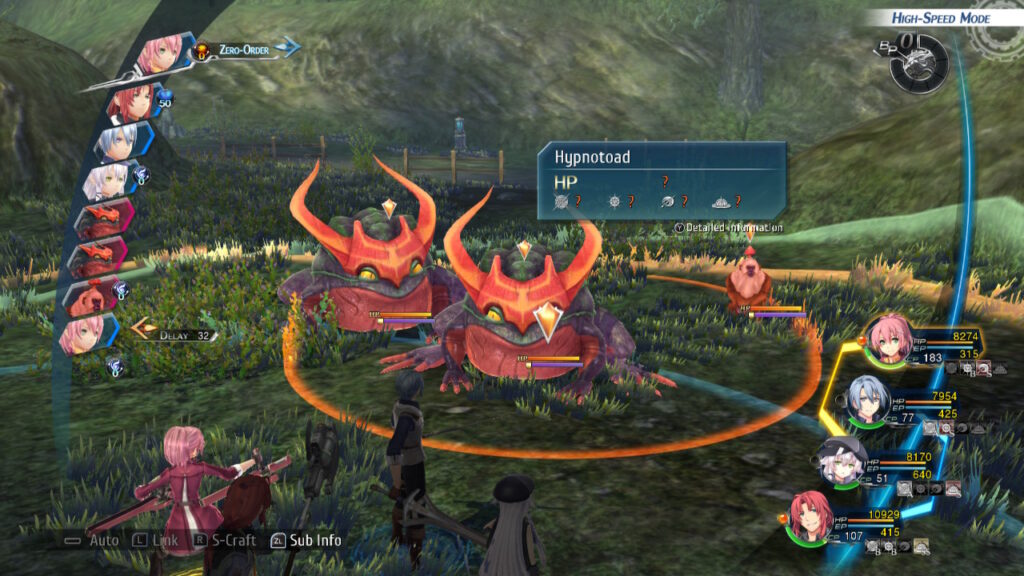
While it isn’t the absolute and unequivocal ending that fans of the series were expecting, The Legend of Heroes: Trails of Cold Steel IV does an admirable job of taking the disparate threads of the Trails series and weaving them into a cohesive end point that concludes the series overall. As it stands now, an epilogue game has been announced in Japan and is likely going to come to Western audiences, though there’s no firm announcement here yet. The next installment of the series, Legend of Heroes: Kuro No Kiseki, which takes place in the Calvard Empire, releases in Japan on September 30th. Most players who aren’t rabid analytical fans will be satisfied with the overall result of Trails IV, although likely a bit less satisfied if they don’t manage to get the true ending to the game (yes, there are two, and yes, you should absolutely make the effort to get the true ending!). The first act definitely drags compared to the rest of the game, but it is all setup and worth the wait. Getting there is the most important part of the journey in the Trails series and it has been a long, long journey to finally reach the end of this outstanding series.
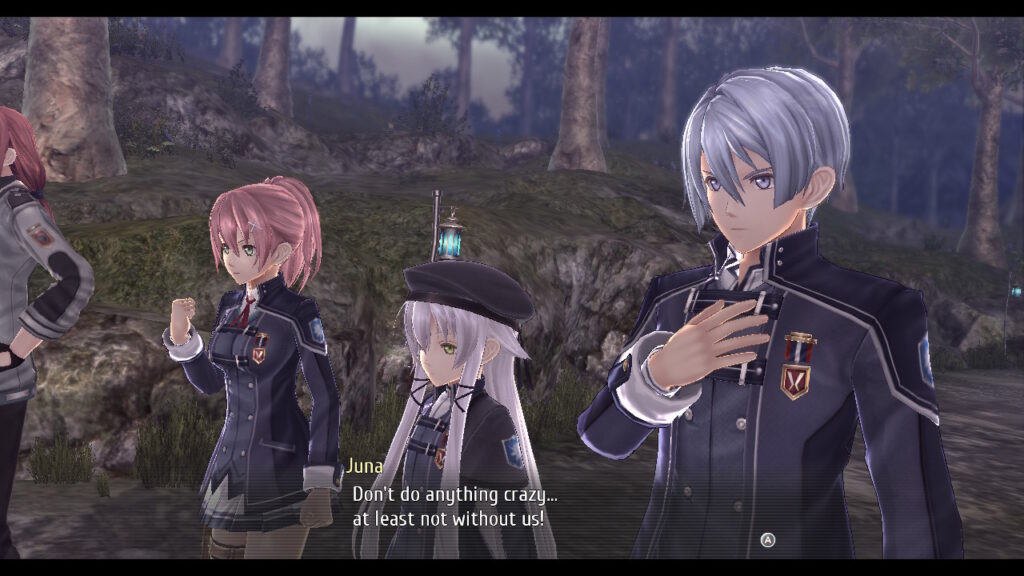
If you’ve made it this far in the review, let’s reiterate: DO NOT play this game unless you’ve played the others in the series as it will be almost completely meaningless as the entire game references previous games and characters and requires a fairly high degree of familiarity! But having made it this far, every bit of the journey was worth it and Falcom and NIS America did an admirable job getting us here, wrapping the Trails of Cold Steel series up for us Westerners with a tidy bow! While the Switch version ends up a bit less impressive visually, it is still every bit as much of a fantastic JRPG as the other version of the game and absolutely worth the price of admission, especially since it’s portable. If you aren’t already halfway through the game, don’t waste any more time! Go and pick up a digital or physical copy of The Legend of Heroes: Trails of Cold Steel IV today!

This review was based on a digital copy of The Legend of Heroes: Trails of Cold Steel IV provided by the publisher. It was played on a Nintendo Switch in both docked and undocked modes. The Legend of Heroes: Trails of Cold Steel IV is also available for Playstation 4 and PC on Steam. All screenshots are from actual gameplay. Spoilers were purposely avoided.


